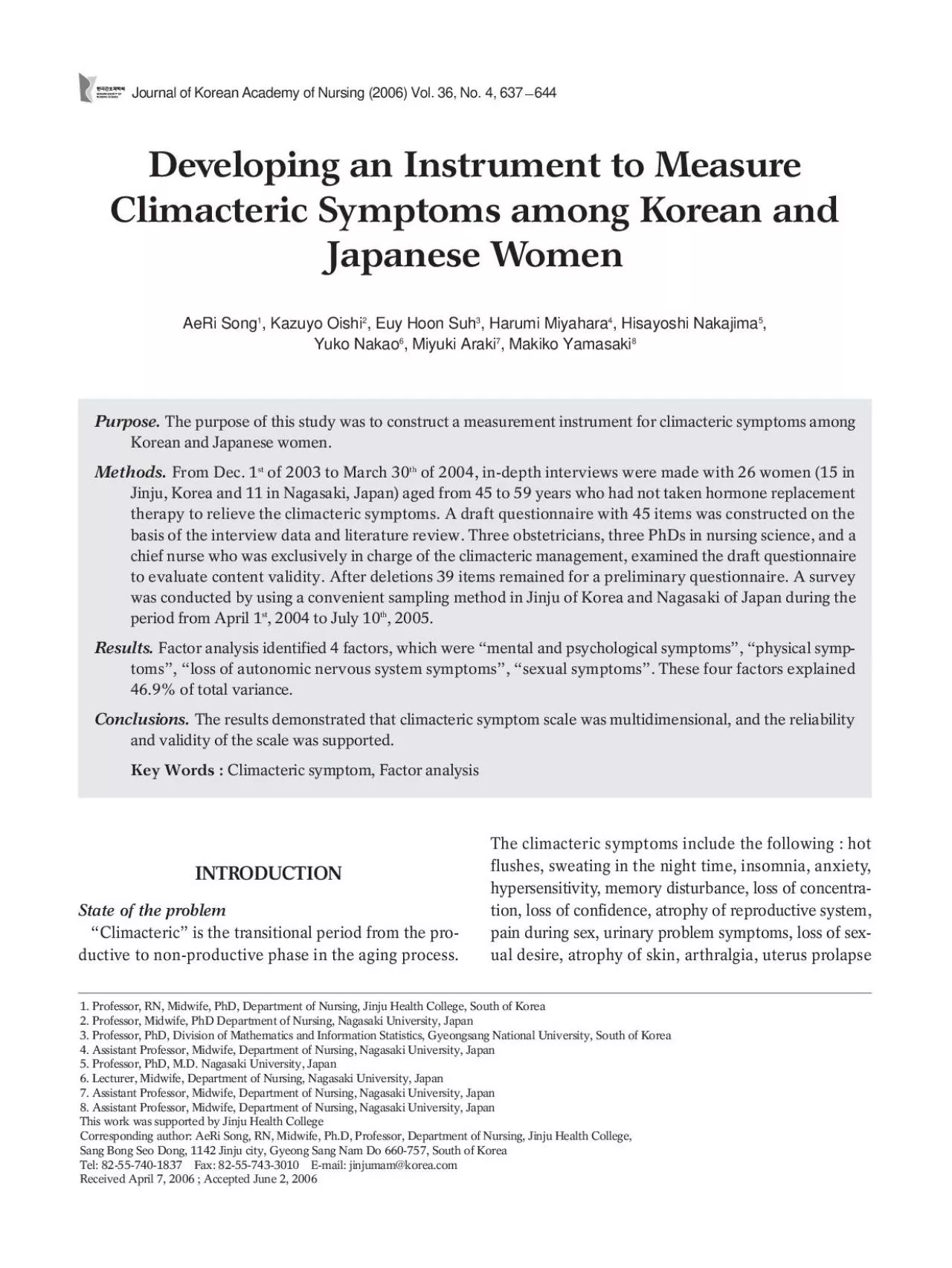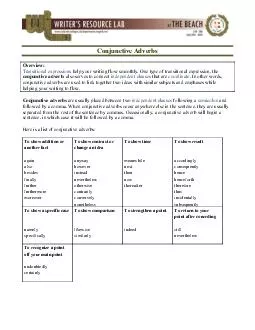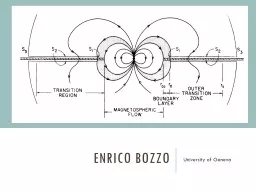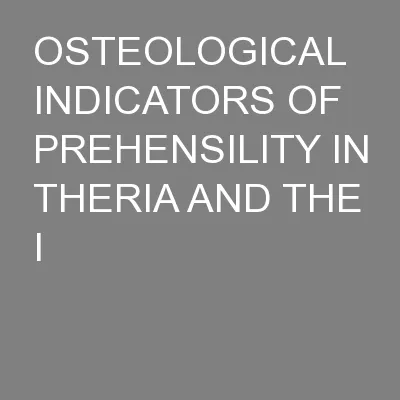PDF-INTRODUCTION State of the problem Climacteric is the transitional pe
Author : walsh | Published Date : 2022-08-23
Developing an Instrument to MeasureClimacteric Symptoms among Korean andJapanese Women Purpose Methods 1 Professor RN Midwife PhD Department of Nursing Jinju Health
Presentation Embed Code
Download Presentation
Download Presentation The PPT/PDF document "INTRODUCTION State of the problem Climac..." is the property of its rightful owner. Permission is granted to download and print the materials on this website for personal, non-commercial use only, and to display it on your personal computer provided you do not modify the materials and that you retain all copyright notices contained in the materials. By downloading content from our website, you accept the terms of this agreement.
INTRODUCTION State of the problem Climacteric is the transitional pe: Transcript
Download Rules Of Document
"INTRODUCTION State of the problem Climacteric is the transitional pe"The content belongs to its owner. You may download and print it for personal use, without modification, and keep all copyright notices. By downloading, you agree to these terms.
Related Documents














